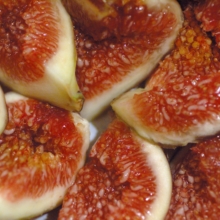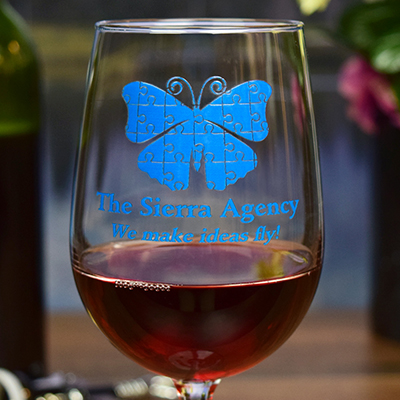Fruit Wines
Fruit Wines

The History of Fruit Wines
Archaeologists and oenologists (specialists in wine making) are in general agreement that the first wines, made from figs, dates and watermelons, were probably made in the Mesopotamian Valley about 50,000 years ago. Highly intoxicating, with an alcoholic content as high as 30%, these wines were thick and syrupy sweet and, in order to disguise what must have been their truly terrible taste, winemakers relied on a wide variety of additives including pepper, honey, resin, oregano and other herbs to make their wines palatatable. By today's standards most of these wines would be considered undrinkable.
Men and women quickly learned that wine could be made from a large variety of fruits, grains and flowers, but it was not until about 15,000 years ago that some great but unknown genius realized that wine could also be made from the juice of grapes. It did not take long after this to realize that wine made from grapes was enormously more pleasing than that made from other fruits.
Fruit Wines Throughout History
Even though many now insist that "real" wine can only be made from grapes, fruit wines have maintained a certain popularity throughout history. Eleanor of Aquitaine enjoyed wine made from pears, Leonardo da Vinci always kept large stocks of fig and peach wine close at hand, and goldsmith Benvenuto Cellini had a special fondness for wines made from hibiscus leaves. Even today, a great many people in England, the United States and Scandinavia bottle their own fruit wines at home, several small wineries in those countries continue to produce wines from apples, pears and other fruits, and a number of rural restaurateurs bottle and sell wines made from whatever fruit happens to be growing in the nearest orchard.
Wine From Kiwis?
The unavoidable reality that the best wines come from grapes has not discouraged a few people from trying their hand at producing the first "great fruit wine". In 1989, the Amiad Winery, which sits on the Lake of Galilee in Israel, introduced kiwi wine to the local market. Since then, the kibbutz has added wines made from fejoya and honey, kumquat and other fruits to their production schedule.
Although most true wine lovers will scorn them, as fruit wines go, these are quite good. The driest of the wines from this winery is a not at all dry kiwi wine. The kiwi wine has a certain similarity to white, semi dry Emerald Riesling. The fejoya wine, labeled as semi dry, is classified as a red wine by the winery but, like the kiwi wine has a color best compared to the pale pink of the well known Rose d'Anjou. The sweetness of the fejoya version tends to dominate the palate. Too sweet to serve as a companion to a sophisticated dinner, this wine will probably serve better as an aperitif or dessert wine.
The Amiad Winery also offers sweet and semi-sweet honey wines, both known as mead. Unlike the cloudy, thick, highly spiced drink these versions are smooth, clear in color and make no attempt to hide the pure flavor of honey. Those with a passion for a high level of sweetness in their alcoholic beverages will probably find this an acceptable dessert wine.
We can't help but think that as much as Eleanor of Aquitaine enjoyed her pear wine, she would have enjoyed it more if she had some custom wine glasses to drink it out of. We'd also like to think that Lenoardo Da Vinci could have come up with some awesome designs for etched wine glasses. Although we may never be able to ask them in person, we can continue to be the best source of wine related gifts available on the internet.



